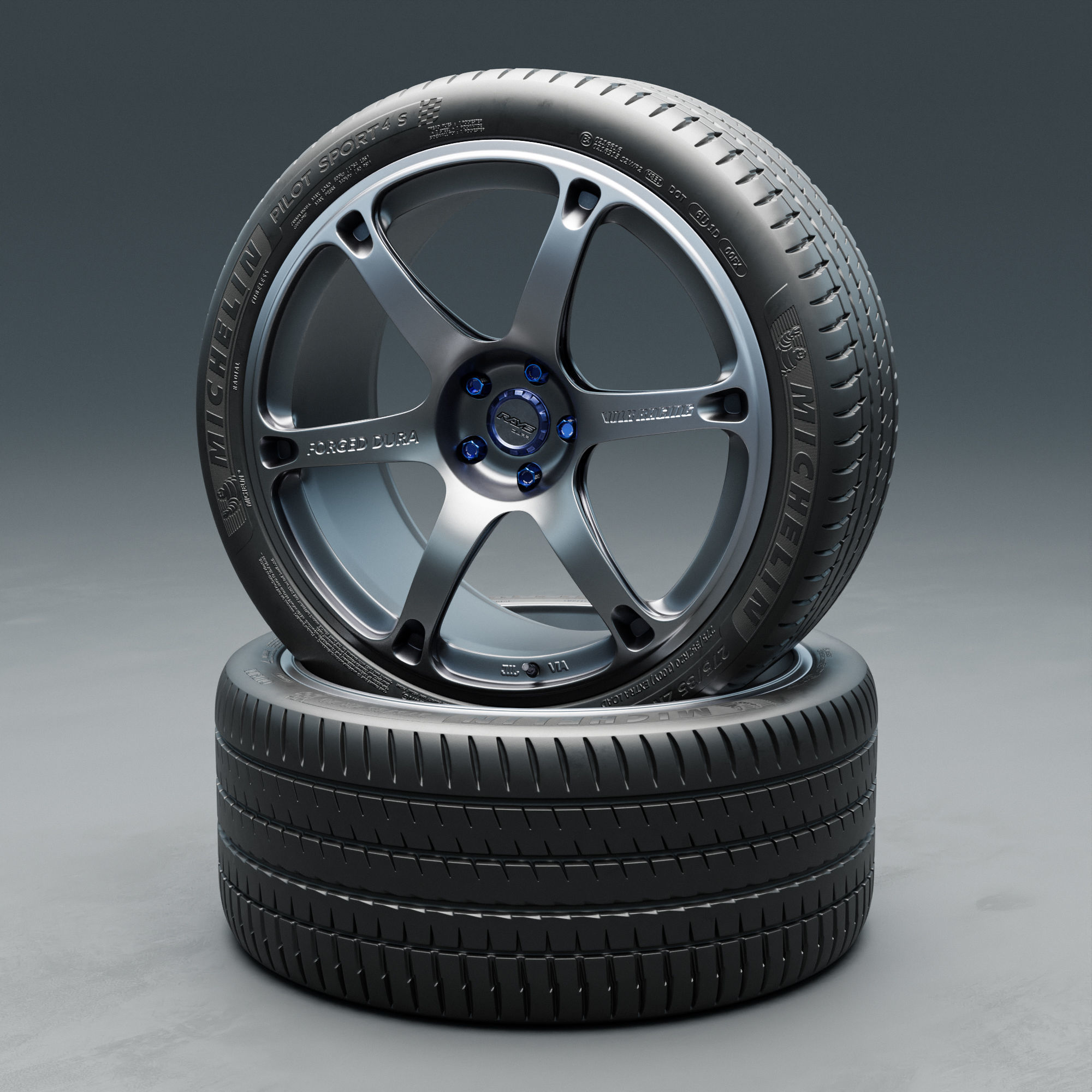When it comes to optimizing the performance and aesthetics of your vehicle, understanding wheel fitment is crucial. It’s not merely about choosing a stylish set of wheels; it’s about ensuring that these wheels will fit seamlessly onto your vehicle, enhancing its dynamics, handling, and overall look. In the realm of automotive customization, measuring wheel backspacing and width plays a pivotal role that often goes overlooked. Let’s embark on this interesting journey of discovery.
Understanding Wheel Width
Wheel width is a fundamental specification that dictates how a wheel will sit on a vehicle. It directly influences tire compatibility and performance characteristics. Wheels are measured from bead seat to bead seat—this is the point where the tire attaches to the rim. Width is conventionally measured in inches, and the common range for passenger vehicles typically hovers between 5 to 12 inches.
One might wonder, why is wheel width significant? A wider wheel can accommodate a broader tire. This change can lead to improved grip, better handling, and aesthetic improvements, but it comes at a price. Wider wheels often introduce challenges regarding fitment, clearance, and steering geometry that must be meticulously considered.
Cognizance of Backspacing
Backspacing, on the other hand, refers to the distance from the back edge of the wheel to the mounting surface—the part that is in contact with the vehicle hub. This measurement influences how far the wheel sits inside or outside the wheel well. Essentially, backspacing controls where the wheel sits relative to the suspension components and fenders. This is a critical measurement that plays a significant role in avoiding potential collisions with brake calipers, suspension components, and bodywork.
The interplay between width and backspacing can dramatically affect your vehicle’s stance. A win-win scenario is achieved when both aspects are harmonized. Too much backspacing can lead to a tucked-in appearance, creating an undesirable aesthetic as well as potential performance issues. Conversely, insufficient backspacing may push the wheel out too far, resulting in a misalignment that can exacerbate tire wear.
Methods of Measurement
Measuring wheel backspacing and width requires precision, but with the right tools, it can be easily accomplished. Here’s a straightforward method to ensure accuracy:
- Gather Tools: You will need a tape measure, a flat surface, and a notepad for your measurements.
- For Wheel Width: Lay the wheel face down on a flat surface. Measure the distance across the inner edges of the bead seats (where the tire sits). Record this measurement.
- For Backspacing: With the wheel still face down, measure from the back edge of the wheel to the mounting surface. This entails placing the tape measure vertically from the back edge of the wheel to the contact point where the wheel connects to the hub. Make certain the wheel lies perfectly flat to avoid inaccuracies.
This method will yield the vital dimensions needed for most vehicles. Always double-check your measurements; a slight error can cascade into significant fitment problems.
Fitment Considerations
While the actual measurements of backspacing and width provide crucial data, one must also consider the overall fitment. This entails the relationship of the wheel to the vehicle’s bodywork and the suspension components.
Wheel offset is an equally important term to comprehend. It encapsulates the relationship between the centerline of the wheel and the hub mounting surface. Positive offset means the hub mounting surface is toward the front face of the wheel, while negative offset indicates the opposite. The offset impacts the position of the wheel in the wheel well, influencing both aesthetics and functionality.
When altering wheel width or backspacing, it’s essential to seek out the exact specifications for your vehicle. Each make and model comes with its unique tolerances and limitations, which must be respected to prevent issues down the line. Consult with automotive communities, forums, and guides dedicated to your specific vehicle type. Ultimately, informed modifications will lead to a harmonious vehicle setup.
Enhancing Aesthetics and Performance
Choosing the perfect wheel width and backspacing can enhance both the aesthetic and performance profile of your vehicle drastically. Wider wheels paired with correct backspacing bring forth a muscular stance that not only turns heads but also elevates driving dynamics. When done correctly, they can also improve traction, especially during cornering.
Moreover, this process allows for the introduction of various tire profiles, which can augment ride comfort or handling capabilities depending on your driving preferences. Trust your instincts; this is an opportunity to express your personal style while enhancing your ride’s capabilities.
In Conclusion
Wheel fitment transcends mere aesthetics; it concerns safety, performance, and vehicle integrity. Measuring wheel backspacing and width might at first appear daunting, but by embracing these concepts and pursuing careful measurements, you open the door to a realm of informed choices. As a vehicle enthusiast, understanding these parameters allows you to make thoughtful modifications that resonate with both your style and performance needs. The road ahead is paved with possibilities, all waiting for you to explore!
